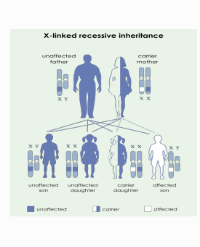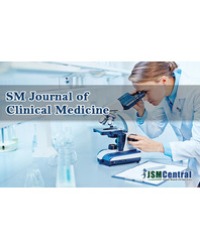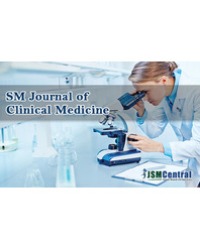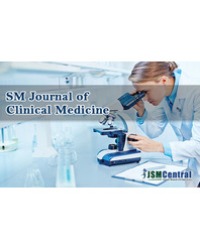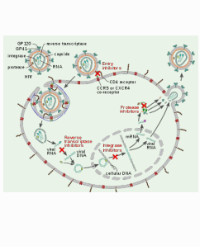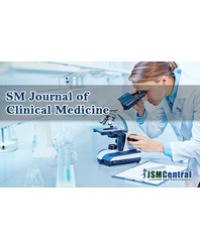
Evaluation of the Utility and Application of the Tardivo Algorithm to Predict of Amputation Risk of Diabetic Foot
Diabetes is a disease that affects about 422 million people in the world. It is associated with serious chronic complications, among which the diabetic foot stands out due to the rapidity with which it deteriorates the quality of life of these patients and can even lead to death.
Objective: To evaluate the usefulness of the application of the Tardivo Algorithm as a predict method for amputation risk in patients with diabetic foot.
Methods: The Tardivo Algorithm was designed to indicate the approximate risk of amputation in patients with diabetic foot injuries. Several parameters are used for their calculation, such as the staging of the lesions using the Wagner classification, the determination of peripheral arterial disease (using the ankle-arm index) and specifying the location of the ulcers. Based on their score system, we place patients in three categories: elevated amputation risk 12-32 points, moderate 8-11 and low 2-7 points.
Results: Twenty-four patients with mean age of 62 ± 9.8 years, were evaluated in the Diabetic Foot Sub-Unit during June to October 2015 and when using the Tardivo Algorithm, was found with a score of 12-32 points at 42% (n:10), a score of 8-11 to 25% (n:6) and a score of 2-7 to 33% (n:8) of the patients evaluated. Subsequently, in March 2016, 40% (n:4) of high risk patients were amputated, as were 17% (n:1) with medium risk.
Conclusion: The use of the Tardivo algorithm allowed us to make a prognosis of amputation risk and thus facilitate intensive treatment to prevent this serious complication.
Arias Yurianni¹*, Lares Mary²,³, Brito Sara², Gonzales Edwin², Castro Jorge² and Velasco Manuel⁴

